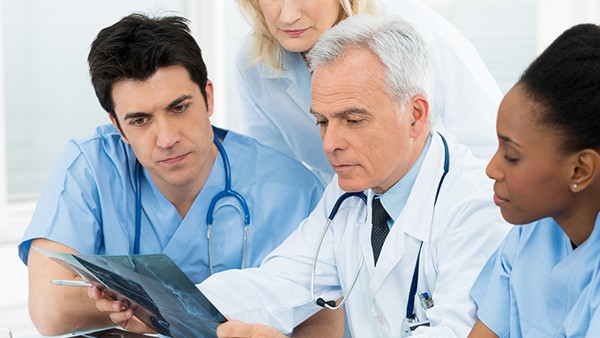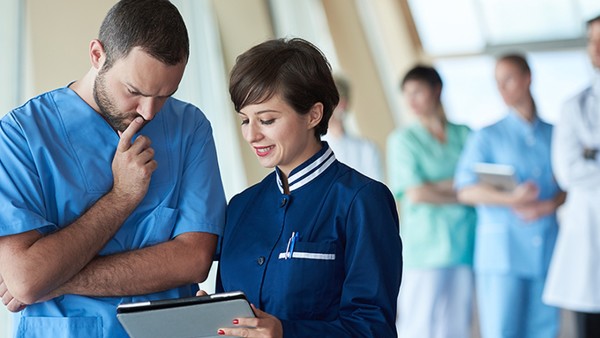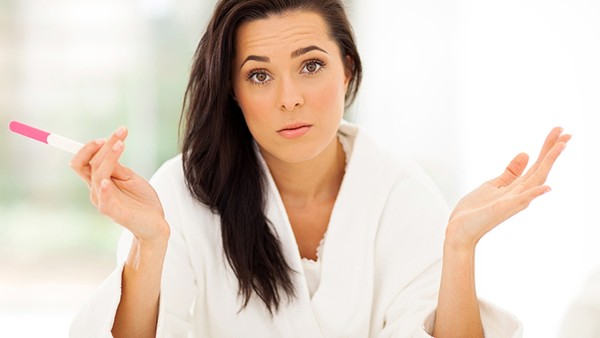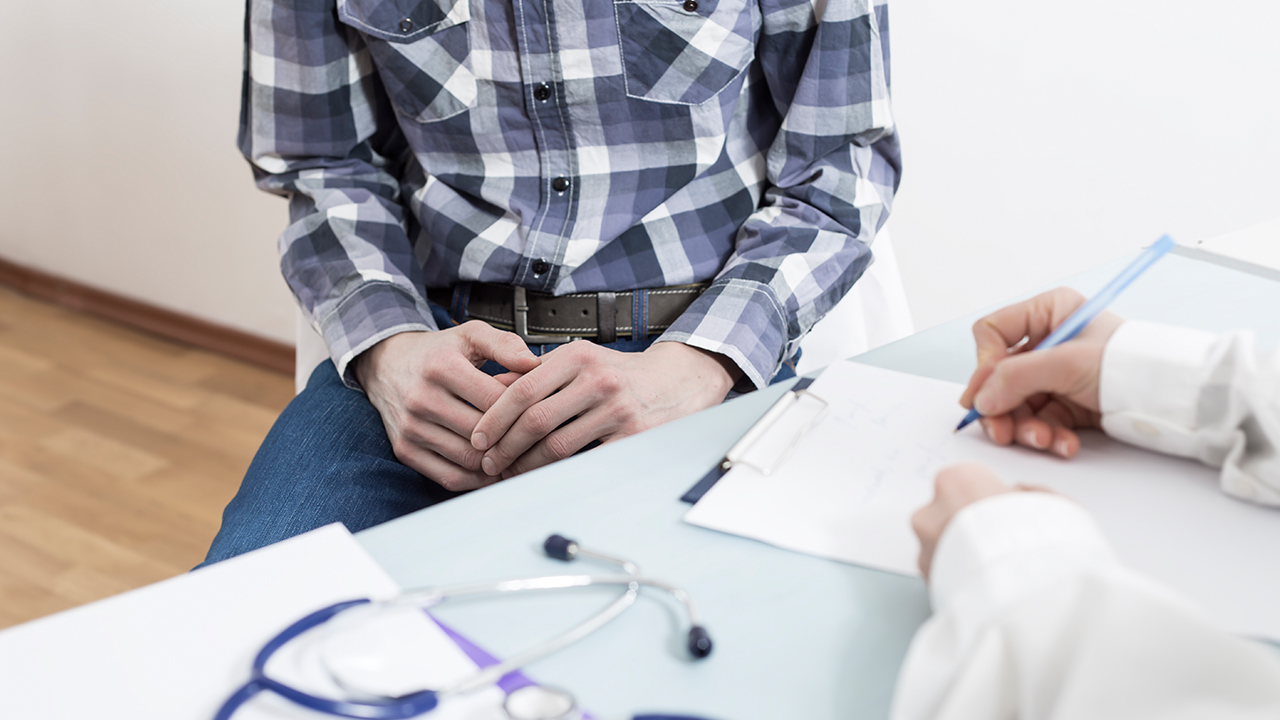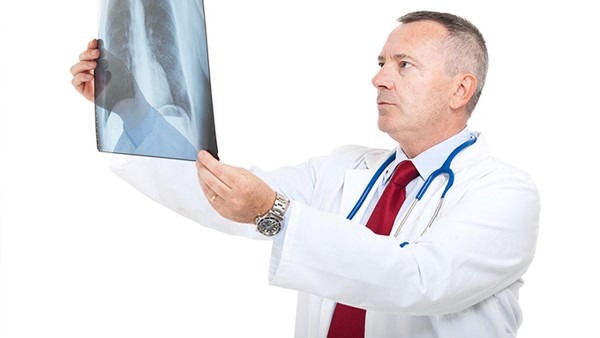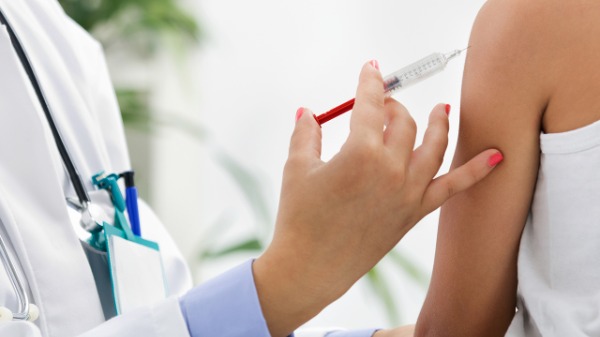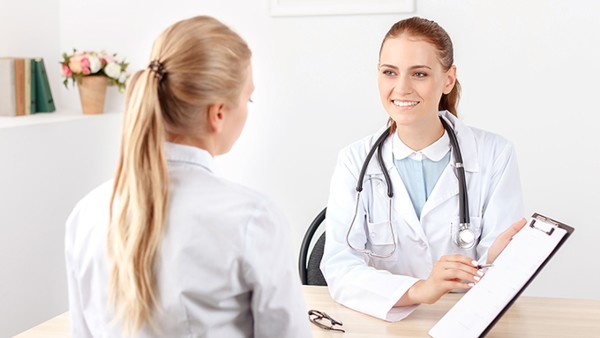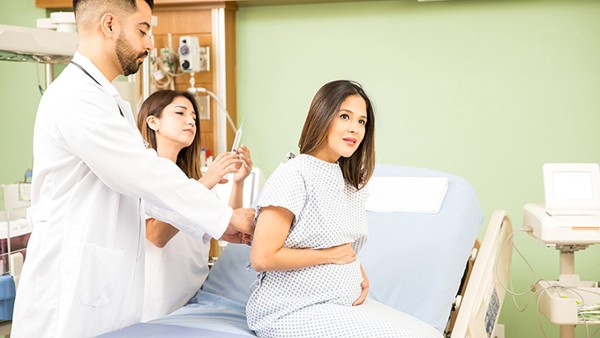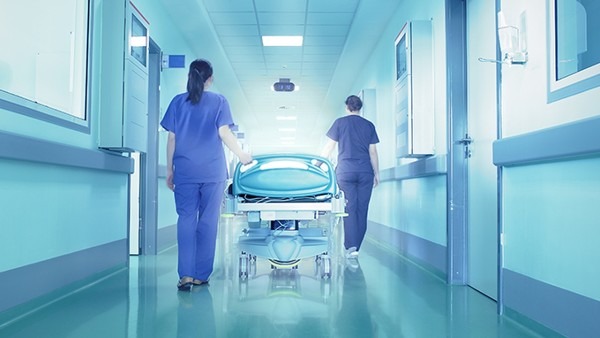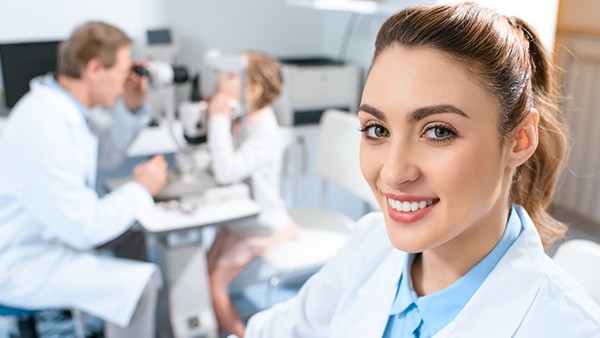What is the Cause of Endometriosis?
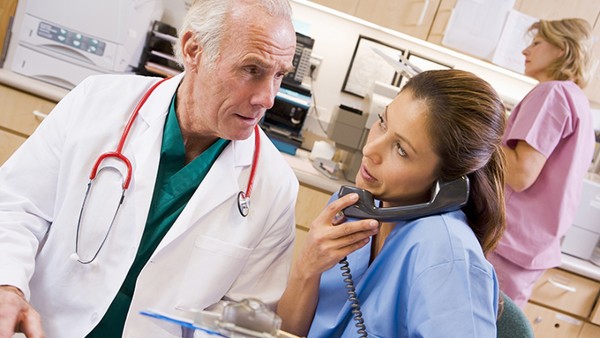
Endometriosis is a condition in which tissue that normally lines the inside of the uterus (the endometrium) grows outside of the uterus. This can cause pain, infertility, and other problems.
The exact cause of endometriosis is unknown, but there are several theories. One theory is that endometriosis is caused by retrograde menstruation. This occurs when menstrual blood flows backward through the fallopian tubes and into the pelvic cavity. The endometrial cells in the blood can then implant and grow on the surfaces of the pelvic organs.
Another theory is that endometriosis is caused by the spread of endometrial cells through the lymphatic system or blood vessels. This can occur during surgery, childbirth, or other medical procedures.
A third theory is that endometriosis is caused by a defect in the immune system. This defect allows endometrial cells to implant and grow outside of the uterus.
There are also a number of risk factors for endometriosis, including:
Menstrual factors: Women who have heavy or long periods are more likely to develop endometriosis.
Age: Endometriosis is most common in women between the ages of 25 and 40.
Race: African American women are more likely to develop endometriosis than white women.
Family history: Women who have a family history of endometriosis are more likely to develop the condition.
Certain medical conditions: Women who have uterine abnormalities, such as a tilted uterus, are more likely to develop endometriosis.
Symptoms of Endometriosis
The symptoms of endometriosis can vary depending on the location and severity of the implants. Common symptoms include:
Pelvic pain: This is the most common symptom of endometriosis. The pain can be sharp, stabbing, or aching. It may occur during menstruation, ovulation, or at other times of the month.
Infertility: Endometriosis can block the fallopian tubes, making it difficult for eggs to travel from the ovaries to the uterus. This can lead to infertility.
Heavy or irregular periods: Endometriosis can cause the uterus to shed more tissue than normal, leading to heavy or irregular periods.
Painful intercourse: Endometriosis can cause the tissues around the uterus to become inflamed, which can make intercourse painful.
Other symptoms: Endometriosis can also cause a variety of other symptoms, such as fatigue, bloating, nausea, and diarrhea.
Diagnosis of Endometriosis
Endometriosis can be difficult to diagnose because the symptoms can be similar to those of other conditions, such as pelvic inflammatory disease (PID) and irritable bowel syndrome (IBS). To diagnose endometriosis, your doctor will likely perform a physical exam and ask about your symptoms. He or she may also order one or more of the following tests:
Pelvic ultrasound: This test uses sound waves to create images of the pelvic organs. Endometriosis can appear as cysts or other abnormalities on an ultrasound.
Laparoscopy: This is a surgical procedure that allows your doctor to see the inside of your pelvis. During a laparoscopy, your doctor can biopsy any suspicious tissue to confirm the diagnosis of endometriosis.
Treatment of Endometriosis
There is no cure for endometriosis, but there are a number of treatments that can help to manage the symptoms. These treatments include:
Medications: Medications can be used to relieve pain, reduce inflammation, and prevent the growth of endometrial implants.
Surgery: Surgery can be used to remove endometrial implants and restore fertility.
Alternative therapies: Some women find relief from endometriosis symptoms through alternative therapies, such as acupuncture, massage therapy, yoga, and meditation.
Prevention of Endometriosis
There is no sure way to prevent endometriosis, but there are a few things you can do to reduce your risk of developing the condition:
Get regular pelvic exams: Pelvic exams can help to detect endometriosis early, when it is more easily treated.
Use birth control: Birth control can help to reduce the risk of endometriosis by preventing ovulation.
Eat a healthy diet: Eating a healthy diet rich in fruits, vegetables, and whole grains can help to reduce inflammation and improve overall health.
Get regular exercise: Exercise can help to reduce stress and improve circulation, both of which can help to reduce the risk of endometriosis.
The above is all the content that the editor wants to share with you. I sincerely hope that these contents can bring some help to your life and health, and I also wish that your life will be happier and happier.
Tags: #the #is #what